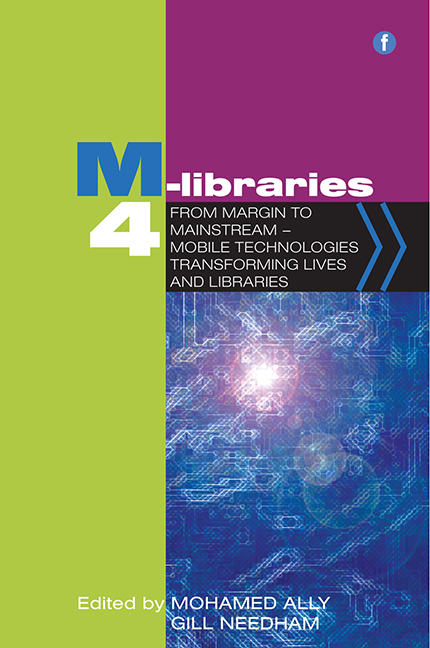12 - QR codes as teaching tools
Published online by Cambridge University Press: 10 September 2022
Summary
Introduction
The history of QR code development in Japan
The QR (Quick Response) code, a matrix-type two-dimensional bar code, was invented by researchers at Nippondenso Co. Ltd in co-operation with Toyota Central R&D Labs Inc. in 1994. Both organizations are located in Aichi prefecture, central Japan (Figure 12.1). ‘Nippon’ means Japan and ‘denso’ is the combination of ‘den’ (electronic) and ‘so’ (equipment). Nippondenso's original English name was Nippon Electronical Equipments Co., Ltd. Nippon - denso changed its name to Denso in 1996. Denso estab - lished its subsidiary company, Denso Wave Incorporated by separating its QR code develop - ment division in 2001. Since then, Denso Wave has been responsible for the QR code.
As to who invented the QR code, this has been a subject of discussion outside Japan. Things will become clear if it is pointed out that the Japan Patent Office (JPO) accepted a patent application from five applicants in 1994. Three were from Nippondenso and two were from Toyota Central R&D Labs Inc. These applicants were authorized as the patentees in 1999. The JPO patent number is 2938338. In recent years the QR code has become popular outside Japan. Table 12.1 shows the chronology of the development of the QR code in Japan.
QR codes and mobile devices
Two advantages of the QR code are that it avoids the need to key in URL addresses, especially longer and complicated ones, and that it can be read by mobile devices. Since the QR code patent was treated as licence-free or public domain, it was easy for mobile phone and printer manufacturers to install the related software in their mobile phones and printers. In 2002 Sharp, a Japanese electronics company, released mobile phones on which the camera was equipped with a reader to scan QR code images. Other Japanese mobile phone manufacturers then followed suit. By 2007, when the seminar ‘Cell Phone Teaching in Japan’ was held at the Media Zoo at the University of Leicester, Nokia had already installed QR code scanners in some of its mobile phones.
- Type
- Chapter
- Information
- M-Libraries 4From Margin to Mainstream - Mobile Technologies Transforming Lives and Libraries, pp. 101 - 112Publisher: FacetPrint publication year: 2014



